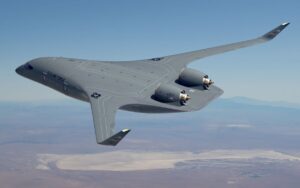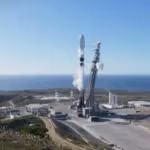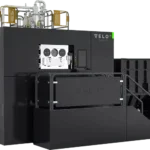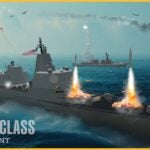
Just before U.S. Air Force Secretary Frank Kendall announced on Aug. 16 that California-based JetZero had won perhaps several hundred million dollars to develop and build a Blended Wing Body (BWB) demonstrator aircraft, Kendall said that Defense Secretary Lloyd Austin and Deputy Secretary of Defense Kathleen Hicks "have been proponents of this type of technology ever since they walked into the Pentagon." "The [BWB] contract is the result of a collaborative effort between the U.S. Air Force and the Defense…














